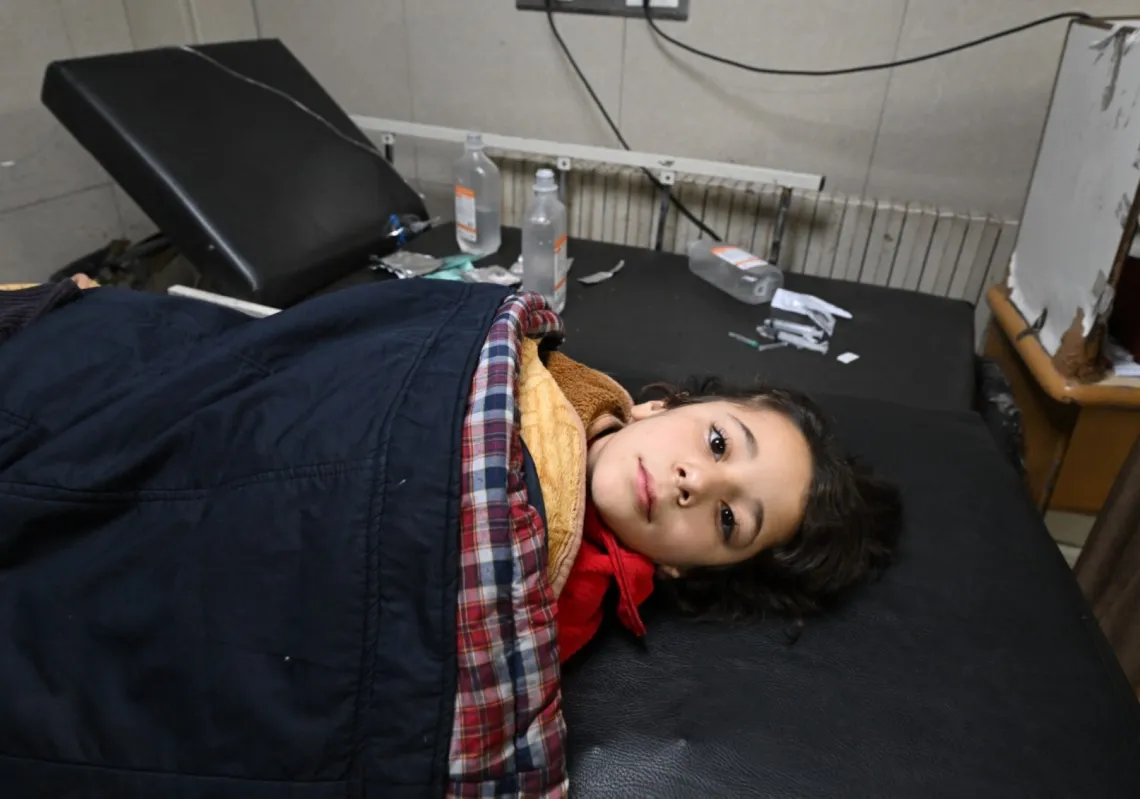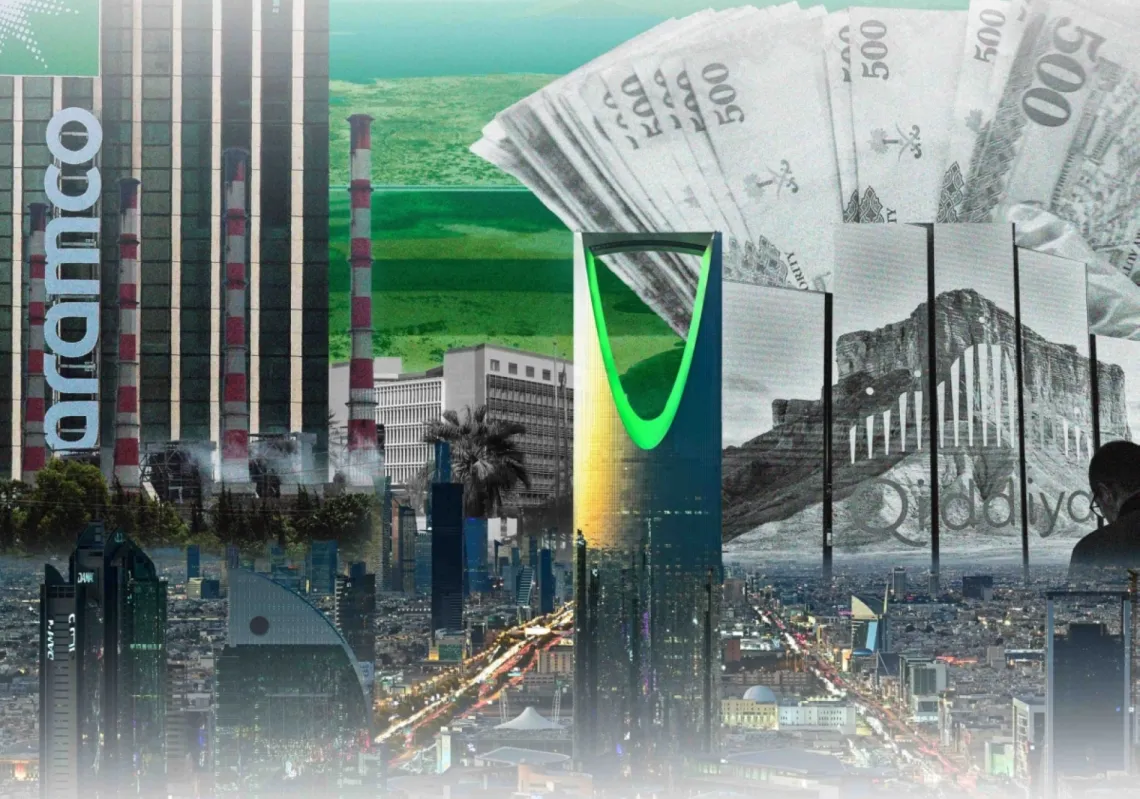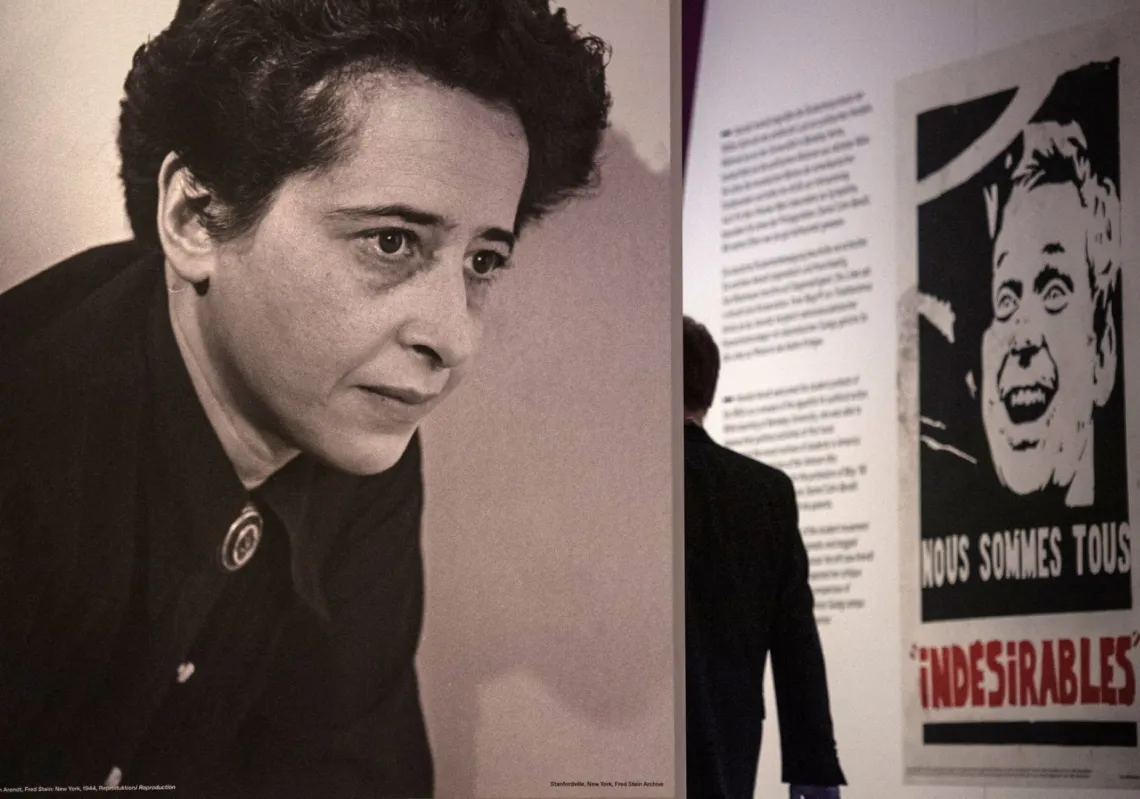 Blindfolded suspected self-styled ISIS group members are transported in a police vehicle after being captured in a village in Marawi City on the southern island of Mindanao on June 3, 2017. (Getty)[/caption]
Blindfolded suspected self-styled ISIS group members are transported in a police vehicle after being captured in a village in Marawi City on the southern island of Mindanao on June 3, 2017. (Getty)[/caption]
by Richard Javad Heydarian
On October 23, after five months of intensive fighting, the Philippine military announced that it had recaptured the Muslim-majority city of Marawi, on the southern island of Mindanao, from militants affiliated with ISIS. This victory marked the end of the Philippines’ longest and bloodiest conflict in recent memory. According to current estimates, nearly 800 militants, 158 government troops, and 47 civilians lost their lives in the fighting, and much of the city has been reduced to rubble.
Most of the ISIS-affiliated leadership in Mindanao was killed during the siege, representing a major setback for regional jihadist groups, which had hoped to establish an ISIS province (wilayat) on the island. Instead, Philippine President Rodrigo Duterte—aided by China, Russia, the United States, and neighbors in the region—has managed to nip the prospect of a Southeast Asian caliphate in the bud.
The end of hostilities in Marawi, however, should not be cause for complacency on the part of the Philippine government or its allies. If anything, bigger and more complex challenges lie ahead. Specifically, Manila must do three things in the coming months: prevent terrorist attacks by ISIS remnants, reconstruct the devastated city of Marawi, and revive peace talks with non-ISIS Muslim rebel groups in Mindanao. Absent a resolution of these problems, the country could descend into a new cycle of violence.
ONE-HIT WONDER
The Philippine military had been working for months to break the siege of Marawi, but the tipping point came in mid-October, when government forces killed the last of the top rebel leaders—Isnilon Hapilon, ISIS’ emir in Southeast Asia, and Omar Maute, a local military commander and head of the so-called Maute Group who had pledged his allegiance to ISIS. (Omar’s brother Abdullah, also an important Maute Group leader, was reportedly killed in September.) A triumphant Duterte declared on October 17, one day after the deaths of Hapilon and Omar Maute, that “Marawi city [is] liberated from terrorist influence”; the military, taking a more circumspect approach, waited until the following week to declare victory.
Such declarations should be greeted with caution: the jihadist movement in Mindanao has repeatedly proven itself to be resilient and resourceful, and a new generation of leaders is expected to emerge out of the ashes of the Marawi campaign. For instance, Furuji Indama, one of Hapilon’s former deputies, is presumed to be the leader-in-waiting of the ISIS-affiliated groups on the island. (Although the Maute Group has been roundly defeated, there are potentially hundreds of fighters belonging to other jihadist groups, such as the Abu Sayyaf Group [ASG] and the Bangsamoro Islamic Freedom Fighters, who are still at large in other parts of Mindanao.)
That said, there are serious doubts as to whether Hapilon’s successors have the charisma and political skills to repeat his success in mobilizing a lethal alliance of extremists. Whatever Hapilon lacked in theological and military training, he more than made up for in strategic thinking and coalition-building skills: he was a former leader of ASG, which is dominated by ethnic Tausugs from the maritime regions of Sulu, but had decided to migrate to Butig, the stronghold of the Maute brothers—members of a powerful, ethnic Maranao warlord family in mainland Mindanao with whom Hapilon cultivated an alliance.
The Maute family proved a precious ally, providing Hapilon with much-needed financial and logistic support for his dream of establishing an ISIS province in the southern Philippines. In particular, the Maute brothers brought advanced military as well as theological training from the Middle East, where they spent much of their early adult years on the road to radicalization.
Almost single-handedly, then, Hapilon managed to achieve what had eluded Moro (or Philippine Muslim) leaders in the past: unity among the perennially divided ethnic groups in Mindanao—namely, the Maguindanao, Maranao, and Tausug peoples. With additional support from Indonesian and Malaysian jihadists, Hapilon and the Mautes eventually assembled a thousand-strong legion of fighters, who in May laid siege to Marawi. As locals, the Maute brothers were able to present themselves as a revolutionary group intent on dislodging the city’s heavily discredited ruling oligarchy. As in Mosul, Iraq, where Sunnis disillusioned with the government in Baghdad initially aided ISIS’ takeover of the city, Marawi saw a significant number of its residents help the militants construct underground tunnels and assemble caches of food, weapons, and other supplies across the city.
MAKING MARAWI BEAUTIFUL AGAIN
Such rebel victories will be difficult to repeat and would have been even before the deaths of Hapilon, the Maute brothers, and other leaders. The worry now is that with dreams of a Southeast Asian caliphate on hold, Hapilon’s successors may shift to full-fledged terrorism.
In particular, ISIS remnants in the Philippines may focus on spectacular terror attacks against high-profile targets in major urban centers, similar to what ISIS has done in Europe and the United States as it has experienced military defeats in the Middle East. The Philippines is hosting global leaders, including U.S. President Donald Trump, in mid-November, and the country is on high alert, with security forces instituting precautionary measures across all major roads, ports, and public areas.
The Philippine military, for its part, is taking no chances in Mindanao. It has called for martial law on the island until the end of the year in order to crack down on sleeper cells and any remaining jihadists, as well as to protect major urban centers such as Cotabato, Davao, and Zamboanga. It also requested new antiterror legislation, which could potentially allow the security forces to streamline standard due process and—if necessary and with attendant oversight—to circumvent judicial barriers in order to preemptively crack down on suspected terrorists. New powers could include wiretapping, enhanced interrogation techniques, and easier access to arrest warrants for suspected terrorists. The challenge will be to ensure that these powers are not used to violate the basic human rights and civil liberties of Philippine citizens. Otherwise, certain communities—especially Muslim communities in Mindanao—could be unfairly targeted, leading to further alienation and radicalisation.
[caption id="attachment_55254893" align="aligncenter" width="3000"]
 A bullet-riddled mosque used by ISIS terrorists, heavily damaged in the five month long main battle is seen in Marawi, Lanao del Sur in the Southern Philippines on October 25, 2017. (Getty)[/caption]
A bullet-riddled mosque used by ISIS terrorists, heavily damaged in the five month long main battle is seen in Marawi, Lanao del Sur in the Southern Philippines on October 25, 2017. (Getty)[/caption]
The second major challenge for the Philippine government in the coming months will be to reconstruct the city of Marawi—a task that will cost an estimated $1.1 billion, according to Defense Secretary Delfin Lorenzana. Speedily and effectively addressing the city’s myriad problems will be key to reintegrating its displaced residents, of whom there may be as many as 600,000. In the past few weeks, residents have been allowed to gradually return to those quarters of the city deemed free of militants and explosives. But reconstruction will be a difficult, long-term challenge, since much of the city, including its public infrastructure, has been completely destroyed after months of heavy fighting. The government will have to prop up Marawi with massive fiscal transfers for years before it will be able to stand on its feet again. Thankfully, the Philippines can seek large-scale, sustained development assistance from both the West and China in order to—in Duterte’s words—make Marawi “beautiful again.” And the international community has a stake in ensuring Marawi isn’t turned into a den of global jihadists that could threaten to the whole region.
There are, however, further concerns regarding the absorption capacity and transparency of Philippine government agencies in postconflict reconstruction. As we have seen in the past, especially with reconstruction following the Haiyan super-typhoon in 2013, disaster relief in the Philippines has been marred by a combination of delays, corruption, and inefficiency. The Duterte administration will have to not only allocate funds to Marawi’s reconstruction but also ensure that they are delivered as efficiently and transparently as possible, lest they create a new cycle of discontent and radicalization among disaffected residents.
Duterte’s final challenge will be to revive the stalled peace negotiations between the Philippine government and major non-ISIS rebel groups in Mindanao, who control large chunks of Muslim-majority Mindanao and could be long-term allies against extremist groups in the area. In particular, the government will need to reach an agreement with the Moro Islamic Liberation Front, a 12,000-strong separatist group that has been engaged in peace negotiations with the government for the past two decades. The group is now warning that in the absence of a clear road map to peace, some of its fighters are on the verge of defecting to jihadist groups or have already done so. It is therefore crucial for Duterte, who currently enjoys supermajority support in the legislature, to pass the revised Bangsamoro Basic Law—a legal framework paving the way for granting Muslims in Mindanao autonomous self-government. So far, however, Duterte has not identified the revised BBL as a priority.
In the coming months, the Duterte administration is expected to simultaneously focus on the reconstruction of Marawi, expand its counterterror cooperation with international partners, and gradually restart peace talks with rebel groups. Yet the post-Marawi counterterrorism challenge can be overcome only if Duterte dedicates a significant chunk of his political capital and attention to it. Otherwise, the country risks falling into a new cycle of violence.








